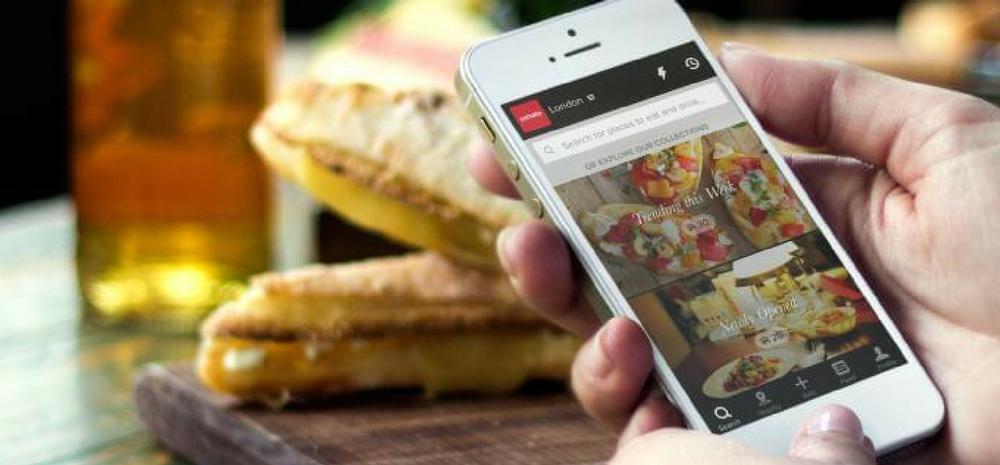Zomato, Uber Eats, Swiggy Slash Discounts For Luring Foodies; Focus Is Now On Making Profits

As we know it has been a difficult time for food aggregators like Swiggy and Zomato, especially since the #Logout campaign has committed its onset, wherein a large number of hotels and restaurants from all over the country logged out of such platforms, in order to collectively represent the heavy losses they have suffered via such platforms.
Nevertheless, even while all of this was freshly going on, Zomato launched its Gold service for delivery that offer consumers benefits such as 1+1 on food orders, with a maximum discount capped at ?300. Swiggy wasn’t very docile itself. It has been continually investing a great sum into the launch of more of its cloud kitchens.
However, today we’d like to bring it to your notice that the food delivery market is starting to show signs of slowdown. It has been showing 18 months of terrific exponential growth in the number of orders. This has led the top three competitors in this area, Swiggy, Zomato and Uber Eats to slash down discounts, as the market is growing stagnant.
Swigyy, Zomato & Uber Eats Deliver Over 3 Mill Orders Per Day
It has been found out that across the respective sector, the monthly growth has fallen to 1-2% between August and October, mainly due to a slowdown in consumer spending.
During the start of this year in January, the average daily orders were 1.82 million for Zomato, Swiggy and Uber Eats. In June, this number shot up to around 3 million. Since then, however, the numbers haven’t fluctuated much towards the higher side and stands flattened between 3.2 million and 3.4 million orders in October.
Zomato delivers 1.25 million orders in a day. Swiggy’s numbers are between 1.4 and 1.6 million, while UberEats at 0.4-0.6 million per day. On May, Swiggy reported that it was trying to increase repeat orders from the top 50 million users in India. This however, came at a risk of taking that order away from others and not growing the market.
The Hot Time of the Year
Commenting on this stagnant situation of orders going on in the food aggregators’ market, it is observed that fluctuations in orders are largely affected by increased orders during weekends, discounts, city launches and growth driven by exclusive tie-ups. A large factor also depends upon seasonal changes.
For instance, October recorded a 1-2% growth in order numbers, due to festivals like Navratri, Dussehra and Diwali. All three players are expecting a surge in orders during the time of Christmas and New Year’s, followed by a weak January opening.
A Swiggy spokesperson said that over the last one year the company has grown to more than 500 cities from 40 cities, even as restaurants on its platform have increased four-fold and delivery partners and transactions have at least doubled.
At these companies, the main focus is on cutting mounting losses and increasing monetization, even if that comes at the cost of slowing orders.
Speaking of Cashburn
Until September 2018, Swiggy marked about 700,000 orders a day, heroically doubling this number to about 1.5 million order a day in October. Zomato, at the same time has been aggressively spending on promotions and branding, hence growing at an equally aggressive pace in the same period, doubling the order numbers from 500,000 per day to 1.25 million per day.
However, speaking of cashburn, Zomato’s and Swiggy’s records aren’t nearly the same.
Zomato has more than halved its cash burn to under $20 million a month, from $45 million in March. As for Swiggy, its cash burn in the food delivery business is about $30-35 million, even though it is trying its best to bring this number down.

Comments are closed, but trackbacks and pingbacks are open.